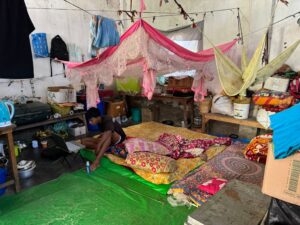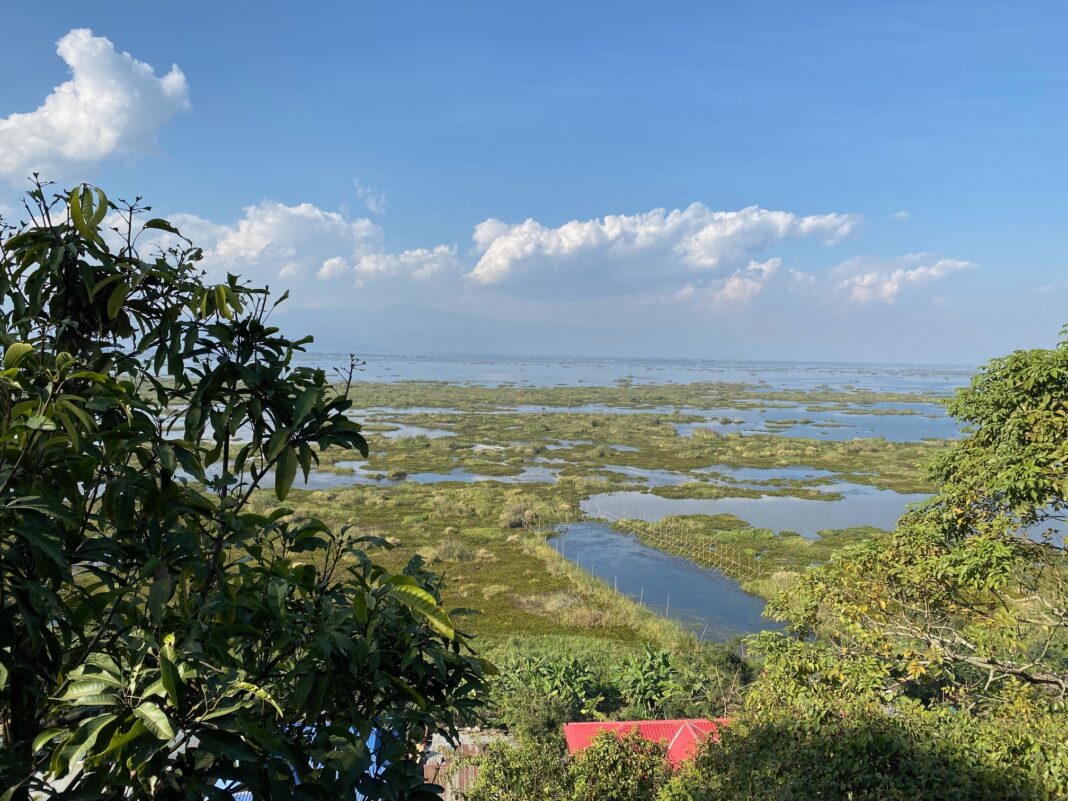For the 11th time in Indian History, President’s Rule has been enacted in Manipur in hopes of quelling the ethnic violence that has devastated this Indian state for the past 2 years. The polarity between the people of Manipur has been brewing through the region for decades, but in May 2023, it erupted into a two-and-half-year clash that resulted in the deaths of nearly 260 people and over 60,000 people displaced. The people of Manipur have dealt with violence against women and children, and insurgent groups targetting young boys over these last 2 years.

The Conflict
Introduction
North Eastern India, while comparatively small to the rest of India, comprises over 200 different ethnic groups. Within the 8 North Eastern States, these groups are recognized as tribes under the Indian Constitution. Among the eight states of North East India is Manipur, which can mostly be split into three groups. The Meitei, who make up 60% of the population, and the Kuki-Zo and Nagas, who, along with other tribes, make up the rest of the population but live on 90% of the land.
Over the years, tension has begun to grow between the communities within this Indian State for a multitude of issues, ultimately causing an implosion of violence on May 3rd, 2023. The violence began during a peaceful march from the All Tribal Students’ Union Manipur protesting against Meitei people gaining Scheduled Tribal Status.
The Opium Battle
Before the final factor that led to this violent conflict, for decades prior, resentment has grown between the Meitei and the Kuki. One of these reasons is the opium crisis between the India and Myanmar border.
Myanmar is one of the biggest opium producers in the world, and Manipur has become a site for illegal drug trafficking. Illicit poppy growing in Manipur is most commonly found in the hill districts, and from 2019-2020, 1420 acres of poppy crops were eradicated by Indian Law Enforcement.
This war on drugs has greatly destroyed the economy of Manipur by limiting shipments of resources and has targeted the health and safety of youth in Manipur.
Tribal Status
As stated previously, the main conflict in all of this is based on Tribal Status. More specifically, who should be entitled to it?
Certain Meitei felt entitled to Tribal Status, which would provide them protection under the Indian Constitution and certain benefits, such as reserved government seats. The Kuki people, who are majority Christian, did not want the Meitei to gain this status as they are largely Hindu and already hold most power in government positions.
These are 2 of the many factors contributing to this conflict.
President’s Rule Effect
The Manipuri and Indian Governments have been largely criticized during this conflict. Previously, they have utilized internet shutdowns, curfews and deploying thousands of troops throughout the State, but no change has been made. Now, the Indian government has enacted President’s Rule after Chief Minister N. Biren Singh resigned, which gives the President full control over the situation and dissolved the state government.
What Awaits?
Many believe that the enactment of the President’s rule is a step towards peace for this North Eastern Community. After nearly 2 years of death and destruction plaguing this once beautiful state, citizens hope that this ushers in a new era of unbiased politics regarding who will be elected to be Chief Minister after the President’s rule.
While the future has been uncertain for Manipur for a while, it seems that there is a glimmer of hope down in the tunnel and a chance for stability in this state teetering on the brink of destruction.
This blog only grazes the surface of this conflict, and I urge you, if you are interested in this topic, to do your own research, as this multifaceted conflict cannot be summarized in one blog.
Resources

